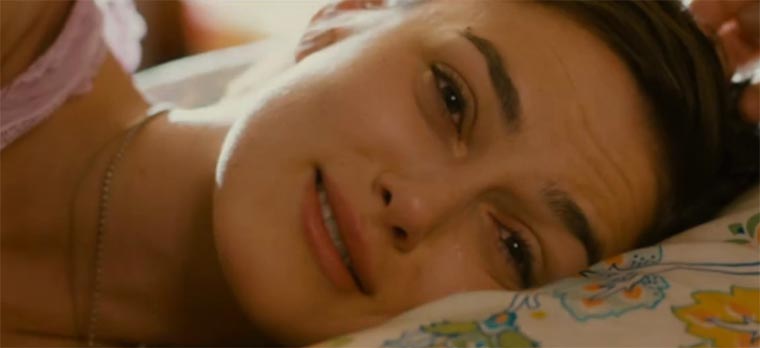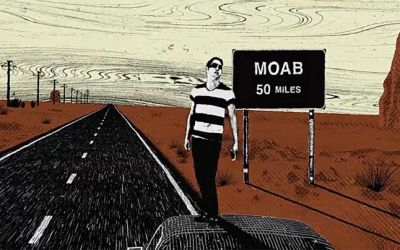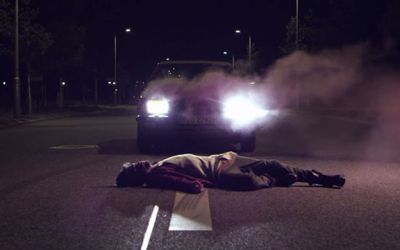Schon kurios, was das Austauschen einer einzigen Farbe (oder Nicht-Farbe) ausmachen kann. Statt dem beinahe traditionellen Ausblenden in Schwarz gibt es in der Filmgeschichte auch etliche Beispiele, wo zu Weiß geblendet wird. Das gibt der Szene aber oftmals eine komplett andere Bedeutung. Sei es das gen Himmel steigen, eine Rückblende, eine Vision oder einfach nur ein Zeichen der Reinheit.
Jacob T. Swinney hat 31 Beispiele der Vergangenheit zusammen geschnitten und demonstriert, in welchen Situationen diese Übergangs-Form zum Einsatz gekommen ist.
„When a film ends with the more traditional fade to black, there tends to be a sense of closure. On the other hand, ending with the much less common fade to white seems to create a sense of ambiguity. When not used at the end of a film, fades to white are often used to express disorientation and euphoria, among many other similar sensations.“
Films used (in order of appearance):
The Fountain
Looper
Seeking a Friend for the End of the World
Black Swan
Thelma and Louise
Before the Devil Knows You’re Dead
We Need to Talk About Kevin
Brideshead Revisited
Eternal Sunshine of the Spotless Mind
The Man Who Wasn’t There
Vantage Point
Flight
Requiem for a Dream
The Tree of Life
The Hunger Games
Solaris (1972)
Sunshine (2007)
Prometheus
Vanilla Sky
Desperado
Eraserhead
Lord of the Rings: The Fellowship of the Ring
Lord of the Rings: Return of the King
The Machinist
All is Lost
Layer Cake
The Sixth Sense
Cube
Born on the Fourth of July
Total Recall
Titanic
Quelle: /// via: Marco, der sein Biopic in Grün ausblenden würde.
















Pingback: Blogbox-Kurios (@BBKurios)
Grün, grün, grün sind alle meine… Hulk-Actionfiguren! :D